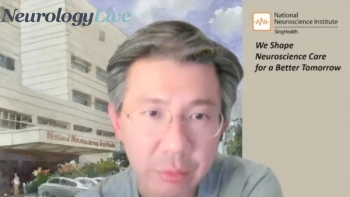
The senior consultant for the department of neurology at the National Neuroscience Institute shared more details about his presentation that he gave at the 38th ECTRIMS Congress. [WATCH TIME: 6 minutes]

The senior consultant for the department of neurology at the National Neuroscience Institute shared more details about his presentation that he gave at the 38th ECTRIMS Congress. [WATCH TIME: 6 minutes]

Using a cohort of more than 2000 pregnancies, the data showed an extremely rare number of major congenital anomalies while on ocrelizumab, as most patients underwent live birth with no issue.

The senior consultant for the department of neurology at the National Neuroscience Institute discussed his thoughts on improvements in the MS field in relation to this year's ECTRIMS conference. [WATCH TIME: 4 minutes]

Using phenotypically “extreme” MS groups, annualized brain volume loss was higher in progressors vs non-progressors and was predicted by baseline GFAP and NfL levels.
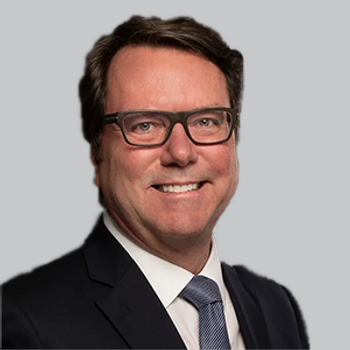
In a small real-world cohort, annualized relapse rates were reduced for patients with multiple sclerosis who switched to cladribine (Mavenclad; EMD Serono) from ocrelizumab (Ocrevus; Genentech), natalizumab (Tysabri; Biogen), and alemtuzumab (Lemtrada; Sanofi Genzyme).

The favorable annualized relapse rates for fingolimod over interferon beta-1a observed in the 2-year core phase continued in a 5-year open-label extension.

Over a median of 73.5 weeks of follow-up time, zero adjudicated relapses were observed for those with AQP4+ NMOSD on ravulizumab.

The senior consultant for the department of neurology at the National Neuroscience Institute shares what he looks forward to at this year's ECTRIMS conference. [WATCH TIME: 2 minutes]

Among 43 cycles that achieved pregnancy, investigators observed decreases of annualized relapse rates from 0.26 to 0.09.

The neurologist at Allegheny Health Network’s Neuroscience Institute provided perspective on a new phase 3 trial assessing fenebrutinib, an investigational BTK inhibitor for relapsing multiple sclerosis.
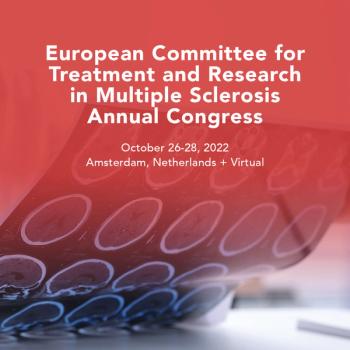
The 2022 Congress of the European Committee for Treatment and Research in Multiple Sclerosis will take place in Amsterdam, the Netherlands, from October 26 to 28, and is expected to feature almost 250 presenters.

The primary outcome of the study, 50% reduction in corticosteroid dosing, was achieved by 60% of patients on IGIV-C and 63.3% of those randomly assigned to placebo.
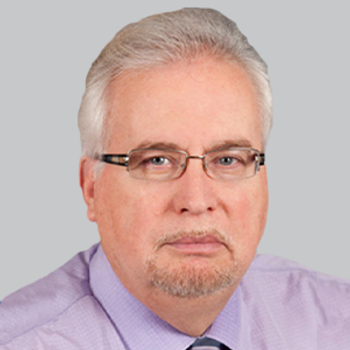
Over a 24-month treatment period, apitegromab-treated patients showed improvements on PEDI-CAT and PROMIS, measures of activities of daily living, and ESBBT, a muscle endurance measurement tool.
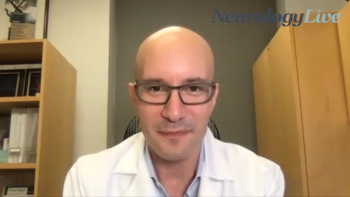
The neurologist at the Corinne Goldsmith Dickinson Center for MS offered a brief overview of his experience at the 2022 IFN conference held in New York City on September 23-24. [WATCH TIME: 4 minutes]
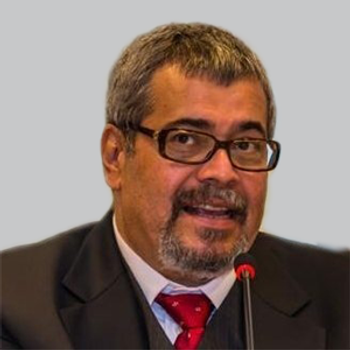
Permanent disability, found in 51% of patients with NMOSD at follow-up, was attributed mainly to age of disease onset, delay in diagnosis, and initial EDSS score.
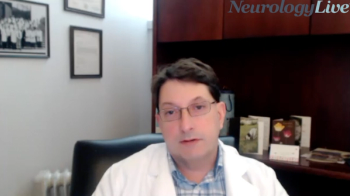
The adult neurologist at Allegheny Health Network provided insight on the steps taken to ensure a patient with myasthenia gravis is on an effective and safe therapy. [WATCH TIME: 7 minutes]
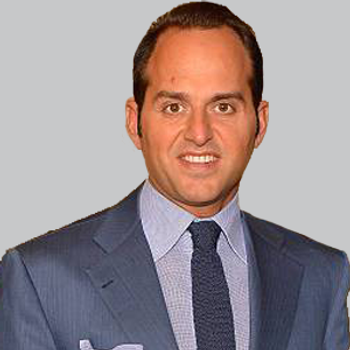
Foralumab, an anti-CD3 monoclonal antibody, has been previously assessed in diseases such as progressive multiple sclerosis and Crohn disease, as well as in patients with mild to moderate COVID-19.

Fan Nils Yang, PhD, postdoctoral researcher, University of Maryland, provides greater detail on the observational cohort study he did with colleagues, where they identified a link between neurocognitive function in children and insomnia.
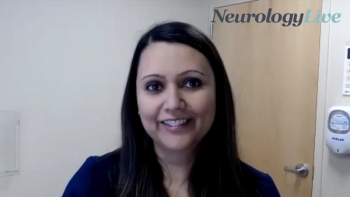
The director of the MedStar Georgetown University Hospital Headache Center tells her experience in a medical crossfire as the migraine cochair at the fourth annual International Congress on the Future of Neurology. [WATCH TIME: 5 minutes]

The adult neurologist at Allegheny Health Network provided insight on the current state of care for myasthenia gravis and strides the community has made in recent decades. [WATCH TIME: 7 minutes]

Within 5 years after the index date, the lowest proportion of epilepsy diagnoses were among those treated with angiotensin receptor blockers and highest in those on ß-blockers and calcium channel blockers.

Here's some of what is coming soon to NeurologyLive® this week.

Changes in plasma pTau217 and GFAP levels from donanemab significantly correlated with percent change in amyloid plaque level as measured by amyloid PET imaging.

The director of the MedStar Georgetown University Hospital Headache Center shares her experience as the migraine cochair at the fourth annual International Congress on the Future of Neurology. [WATCH TIME: 5 minutes]

Test your neurology knowledge with NeurologyLive®'s weekly quiz series, featuring questions on a variety of clinical and historical neurology topics. This week's topic is the history of the European Committee for Treatment and Research in Multiple Sclerosis.

The composite score, which consisted of 6 linguistic features and 3 acoustic features, was shown to be sensitive to measures of disease progression, with a potential to help understand treatment response.
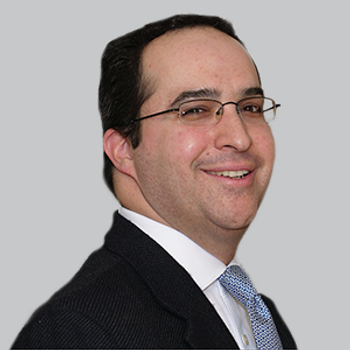
In a traditional placebo-controlled trial, Nerivio outperformed placebo in the reduction monthly migraine days and monthly headache days, regardless of chronic or episodic migraine status.

Neurology News Network for the week ending October 22, 2022. [WATCH TIME: 4 minutes]
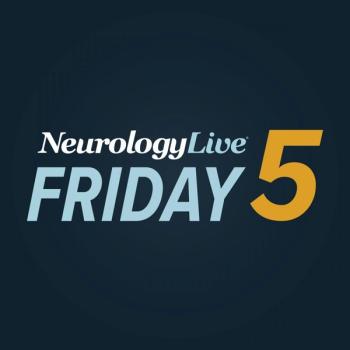
Take 5 minutes to catch up on NeurologyLive®'s highlights from the week ending October 21, 2022.
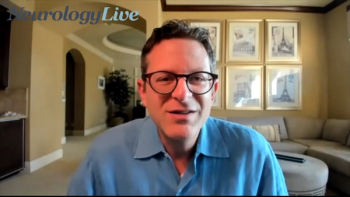
The director of the Center for Brain Health and Alzheimer prevention clinic at FAU medicine shares his experience during the Medical Crossfire session on the Alheimer pipeline that he took part in at the fourth annual International Congress on the Future of Neurology. [WATCH TIME: 7 minutes]